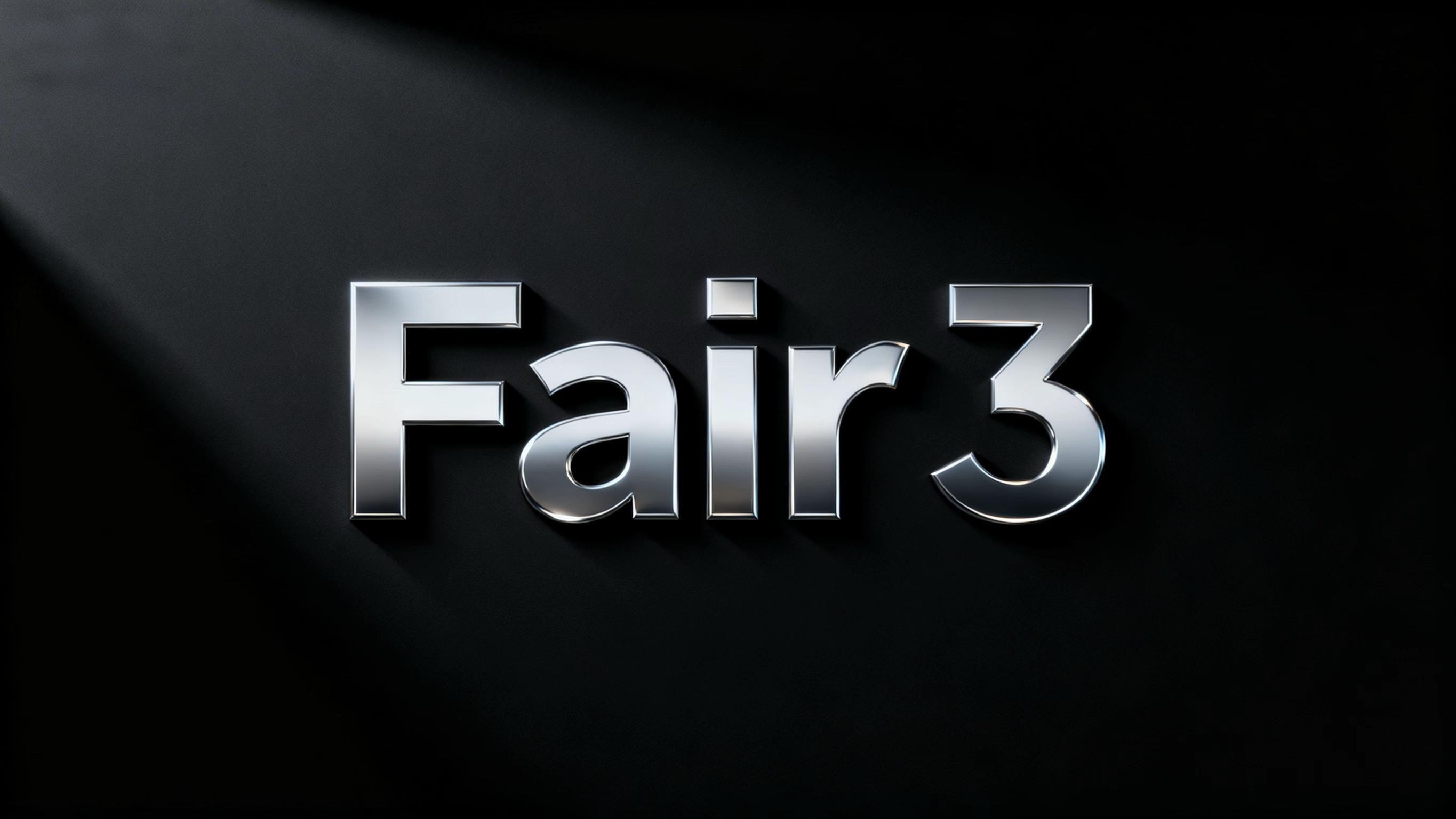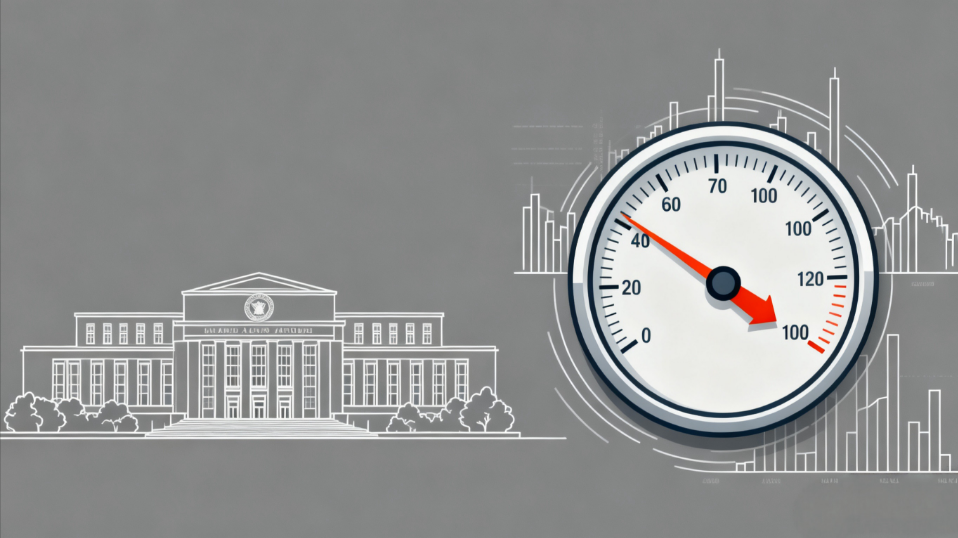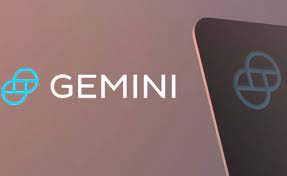
Against the backdrop of frequent rug pulls and scams in the crypto market, users have long lacked an effective risk mitigation mechanism. Traditional finance offers insurance and hedging tools, but in Web3, once project teams disappear or contracts are locked, investors have almost no recourse for protection. It is in such an environment that the Fair3 Foundation proposed a novel "decentralized insurance" model and put it into practice for the first time following the collapse of the AQUA project.
Fair3 does not rely on project teams or exchanges but is a community-driven on-chain insurance system. Its operational logic is as follows: to qualify for compensation, users must hold and stake Fair3 tokens. The compensation amount is directly tied to the quantity staked—the more tokens staked, the higher the compensation ratio and the greater the governance rights, including the ability to vote and propose compensation claims. Thus, buying and staking Fair3 is equivalent to purchasing an "on-chain insurance policy."
What makes this mechanism unique is its inherent closed loop with buying pressure: users must buy and hold tokens long-term to obtain protection, while successful compensation cases attract new users, driving up token prices and increasing the foundation’s reserves. This, in turn, enhances insurance capabilities, creating a self-reinforcing flywheel. Unlike most tokens reliant on market narratives, Fair3’s value logic is built on "risk hedging," making it even more attractive during bear markets and earning it the label of an "anti-cyclical token."
Furthermore, Fair3 introduces a "fair margin mechanism," allowing project teams to voluntarily stake Fair3 tokens to demonstrate their credibility. If issues arise, this margin is used to compensate investors. This not only boosts user trust but also turns project teams into a new source of buying pressure.
Overall, Fair3 is not merely an insurance tool but an institutional innovation that embodies "fairness" and "governance." It transforms token holding into a combination of insurance and governance, gradually building a longer-term and healthier holder community. In the uncertain world of crypto, this mechanism may offer a rare sense of certainty.
















